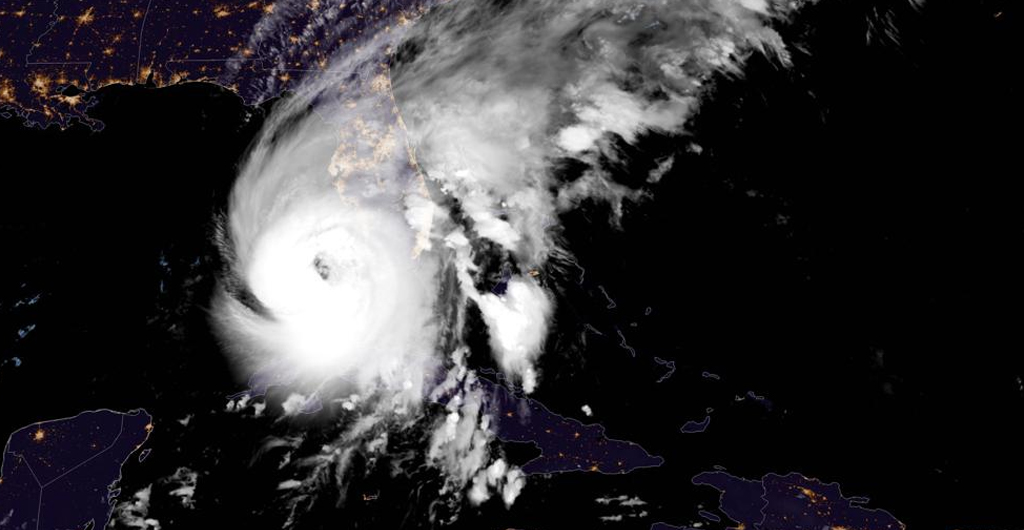Hurricane Ian’s aftermath in Cuba
Hurricane Ian had left Cuba in the dark after it knocked out the country’s electricity grid.
According to a statement from Cuba’s Electric Union, authorities worked through the night to progressively restore power to the country’s 11 million residents. Approximately one million people originally lost power in the western provinces of Cuba, but eventually, the entire grid failed.
Cuba has been grappling with severe economic crises and regular power shortages before Ian’s arrival in recent months. It made landfall as a Category 3 storm on the western part of the island, wreaking havoc in the province of Pinar del Ro, where much of the tobacco for Cuba’s famous cigars is grown.
Tens of thousands of people were evacuated, while others fled the area. Ian caused floods, property destruction, and uprooted trees. Authorities were still surveying the damage, but no fatalities had been recorded.
Hurricane Ian also destroyed some of Cuba’s most vital tobacco crops when it struck the island’s westernmost tip.
La Robaina, one of Cuba’s most important tobacco fields, was ravaged by Ian’s winds.
“It was apocalyptic, a true catastrophe,” said Hirochi Robaina, owner of the farm that bears his name and that his grandfather made famous worldwide.
Robaina, the proprietor of the cigar manufacturer Finca Robaina, uploaded images of destroyed wood-and-thatch roofs, greenhouses, and overturned wagons on social media.
The National Hurricane Center of the United States reported that Cuba saw “severe wind and storm surge impacts” when the hurricane with sustained winds of 125 mph made landfall (205 kph).
Over the warm Gulf of Mexico, Ian was forecast to intensify, with winds reaching 130 mph (209 kph) as it approached the southwestern coast of Florida, where 2.5 million people were advised to evacuate.



